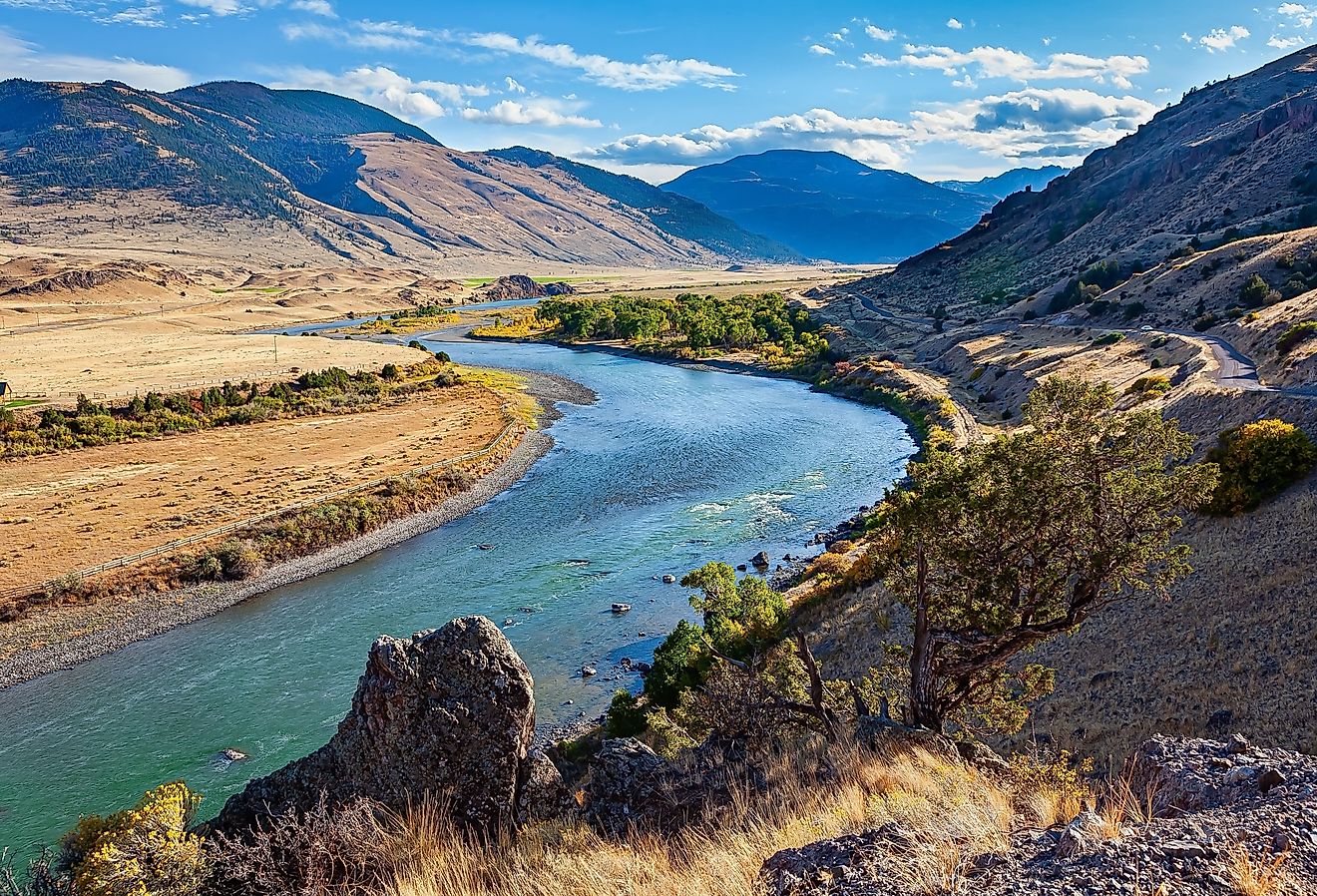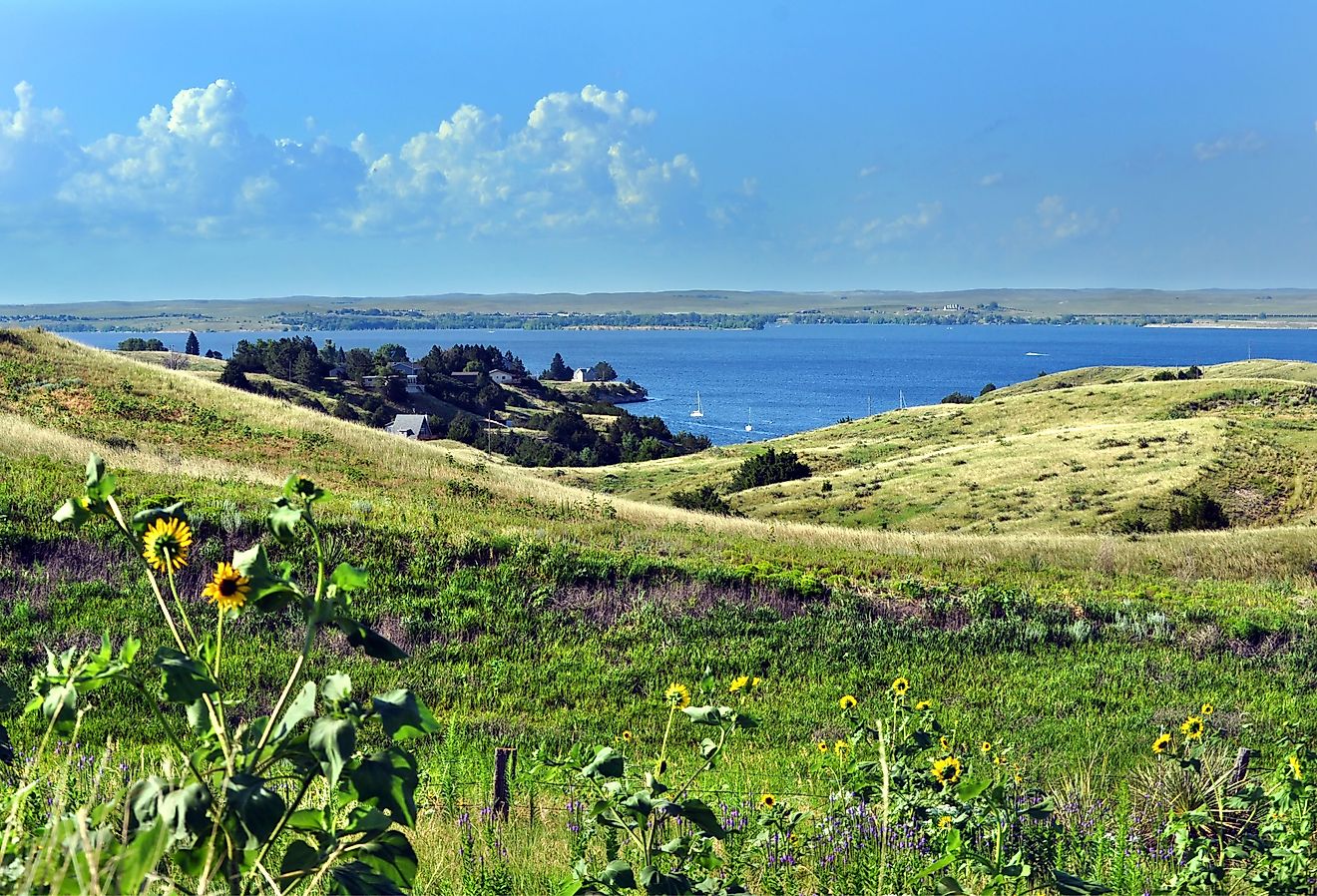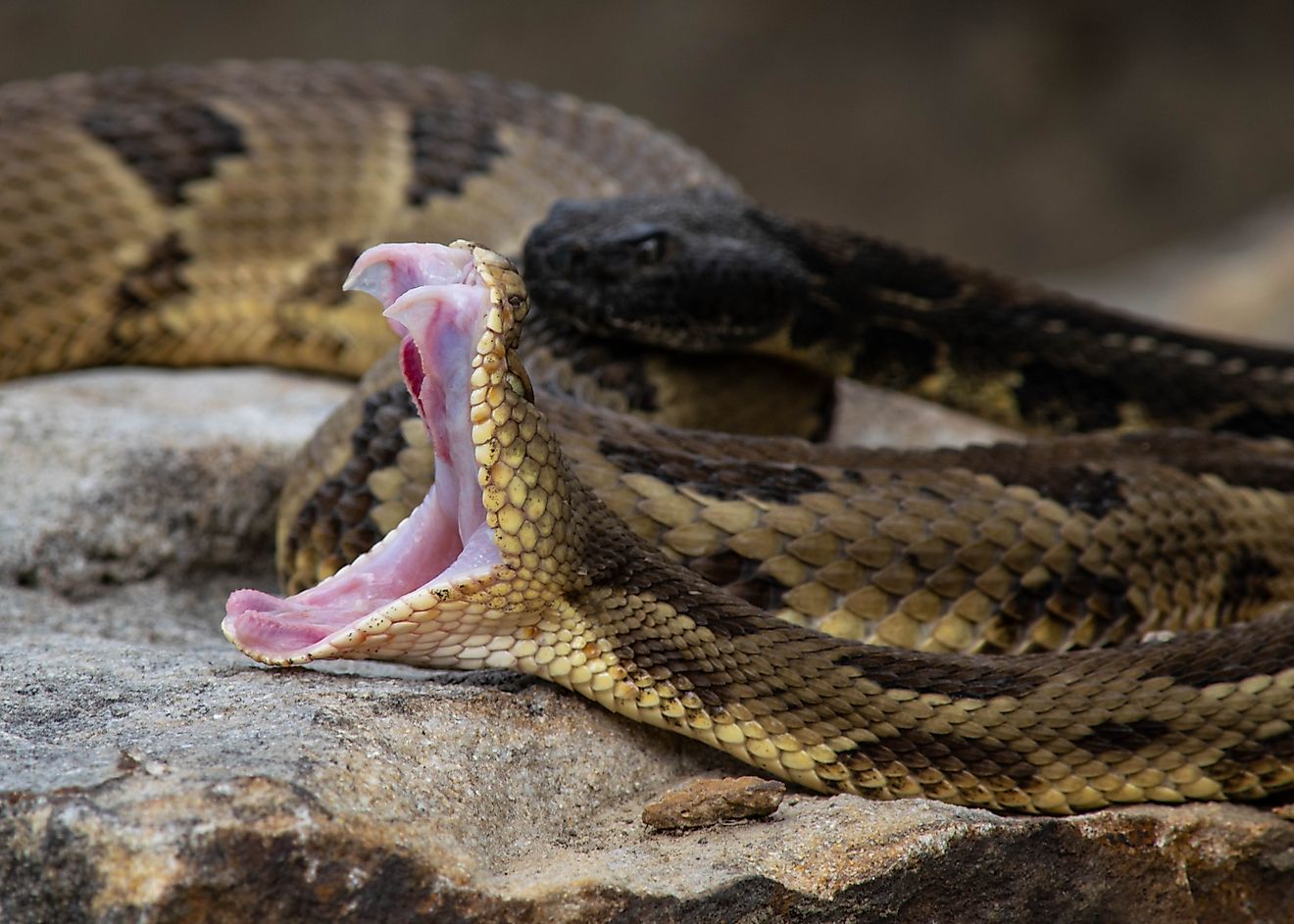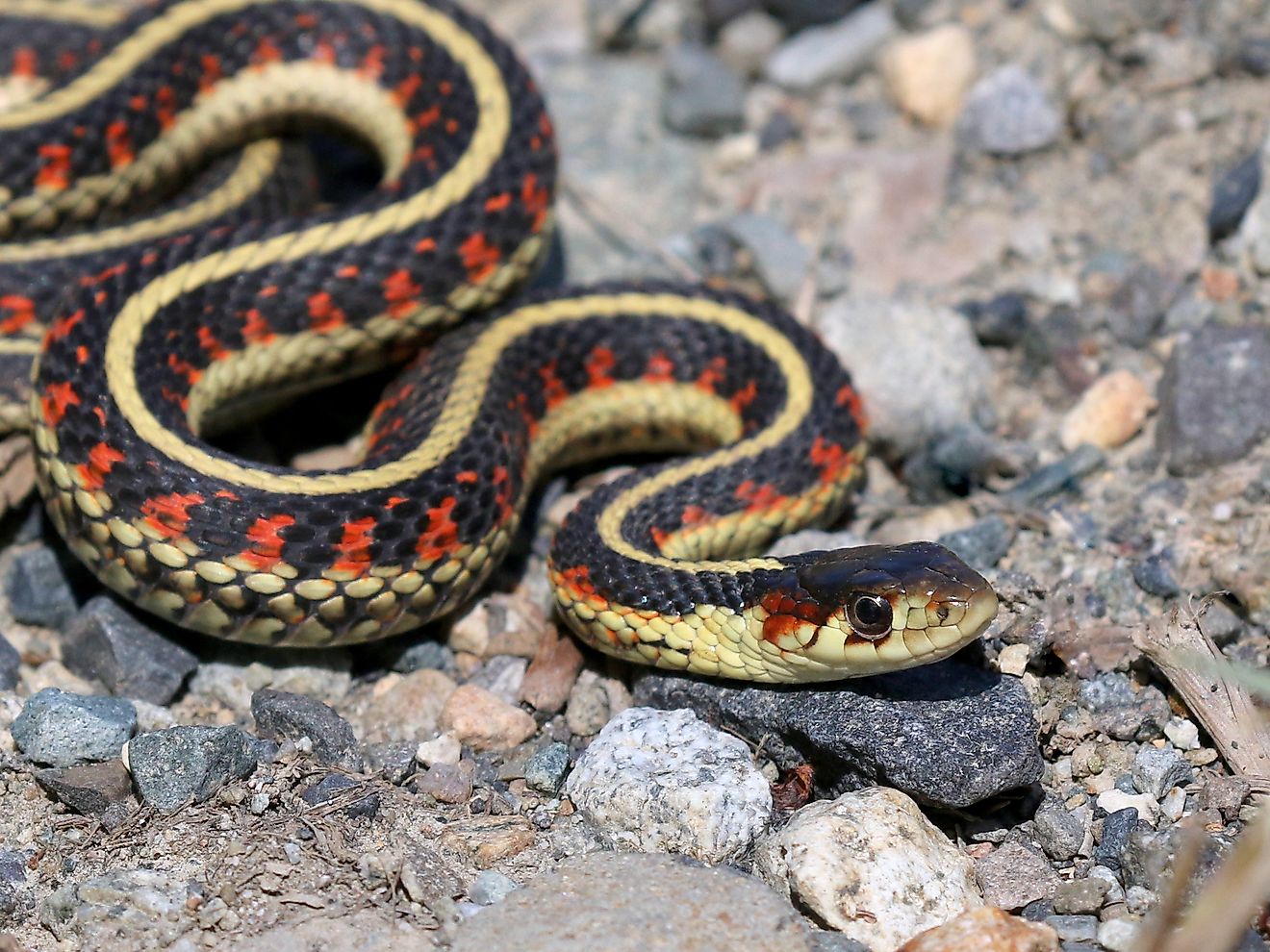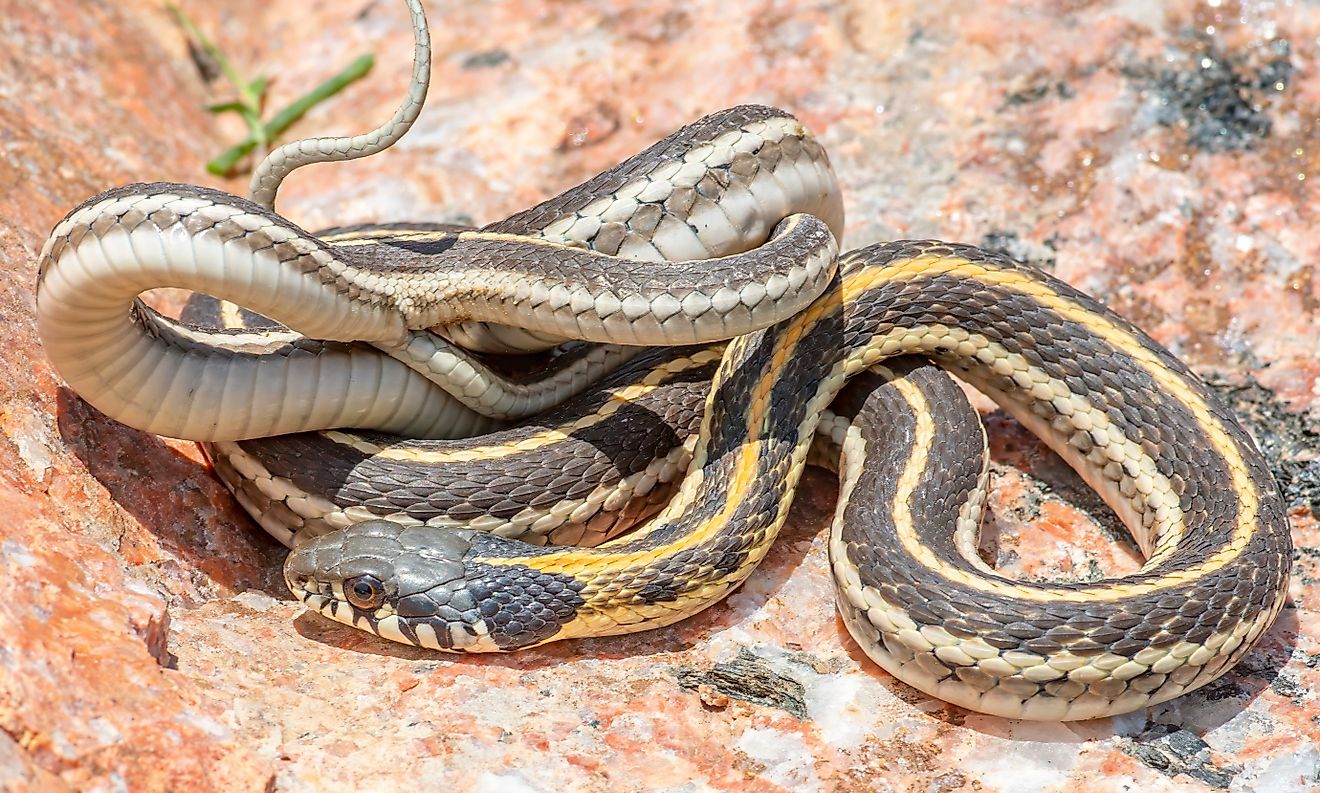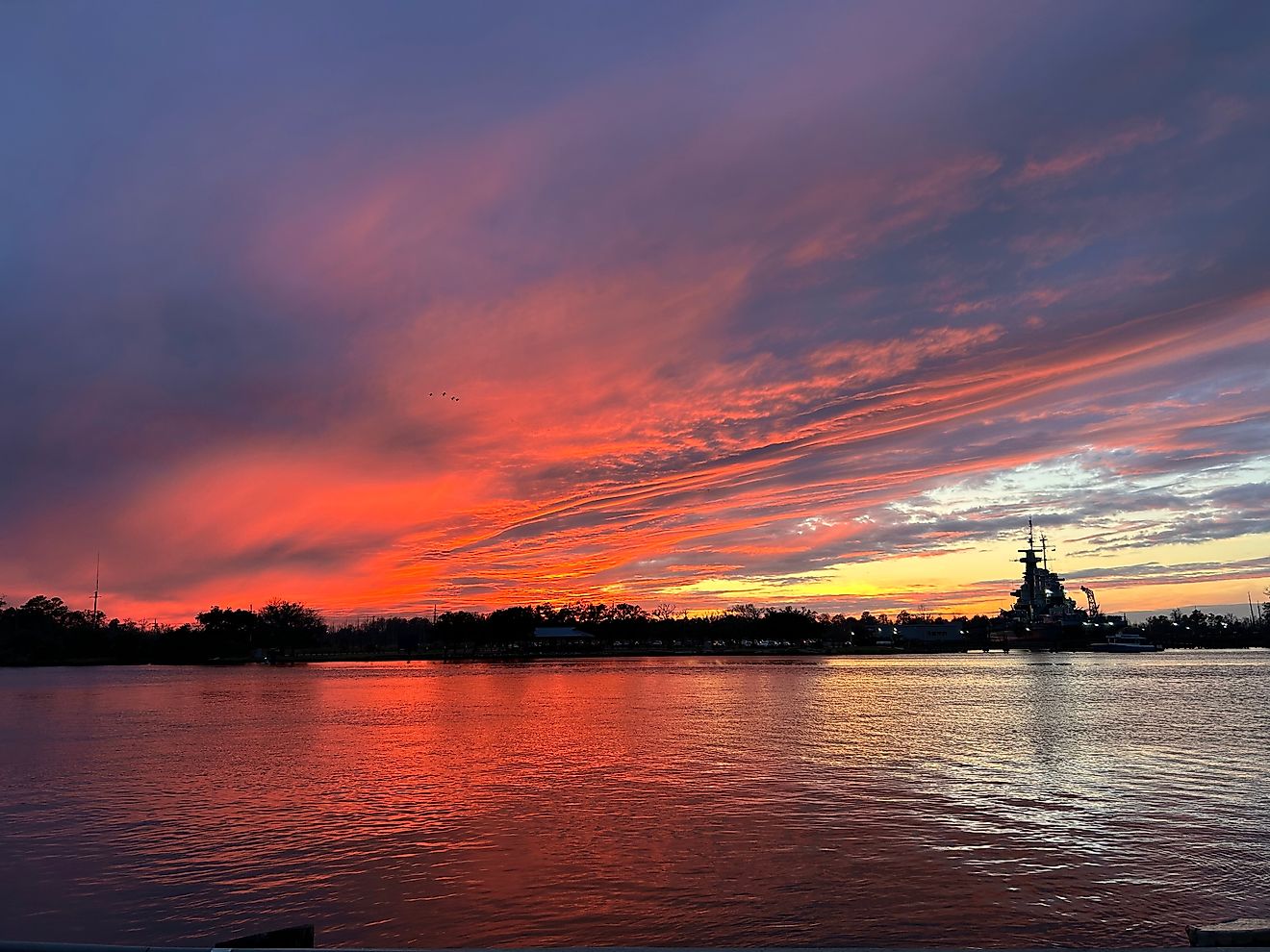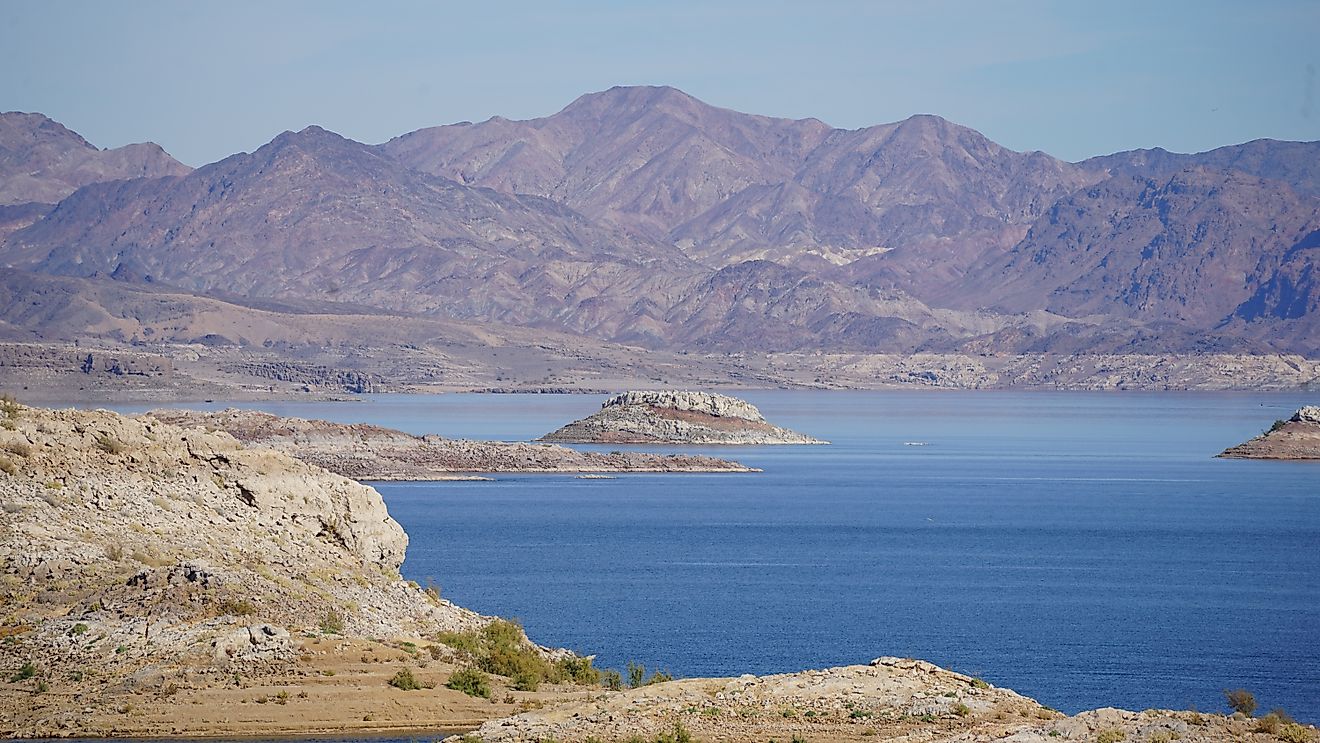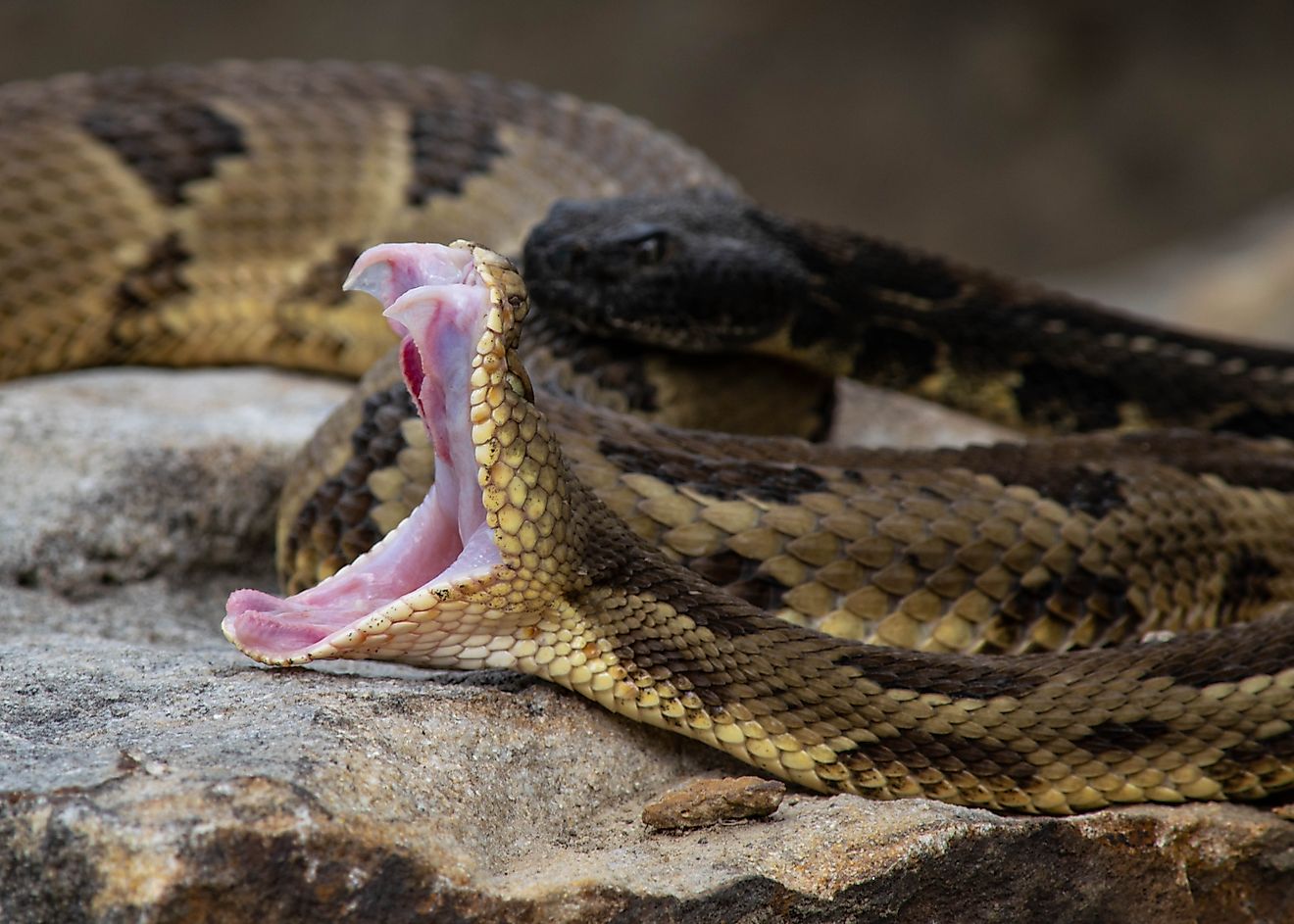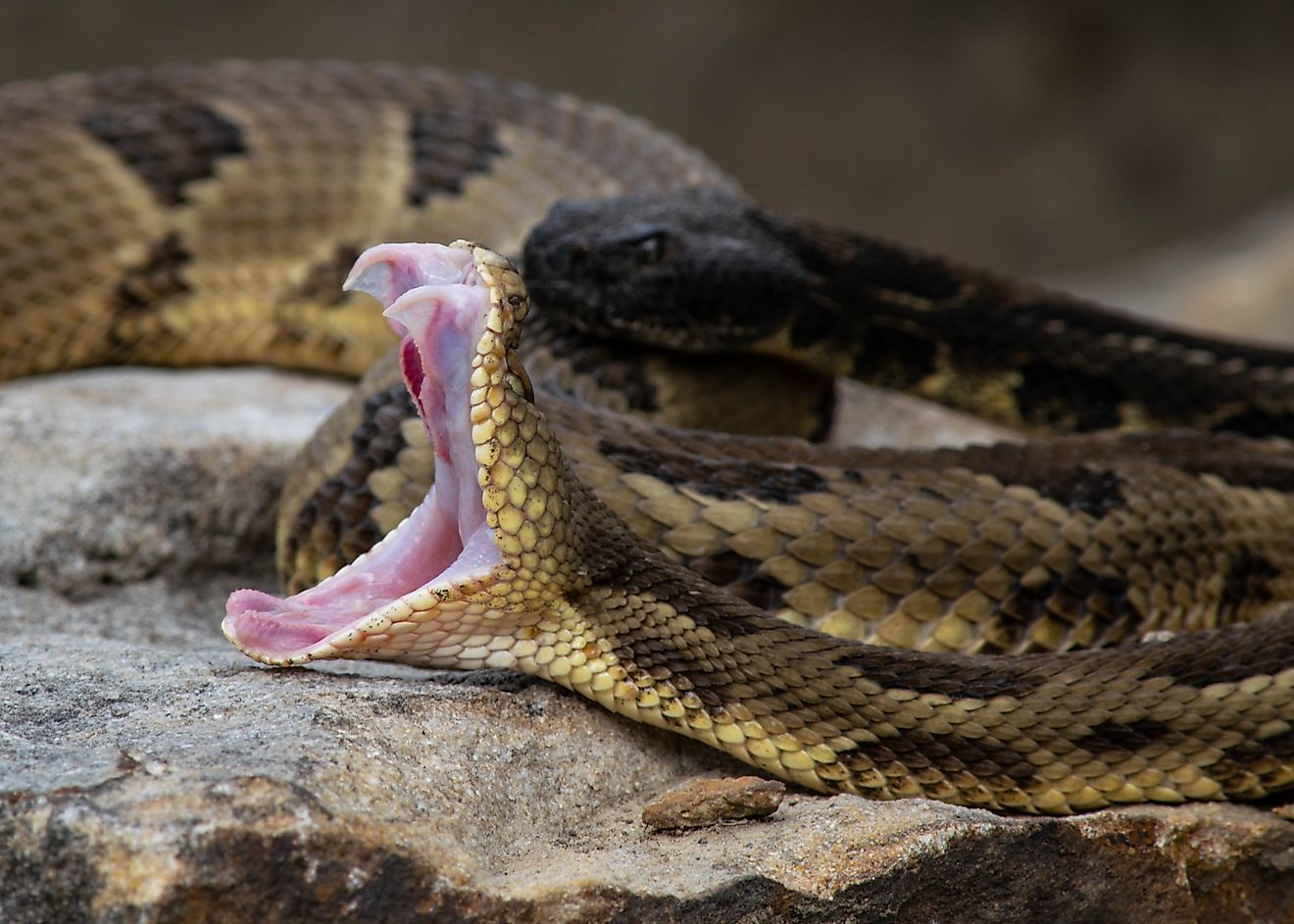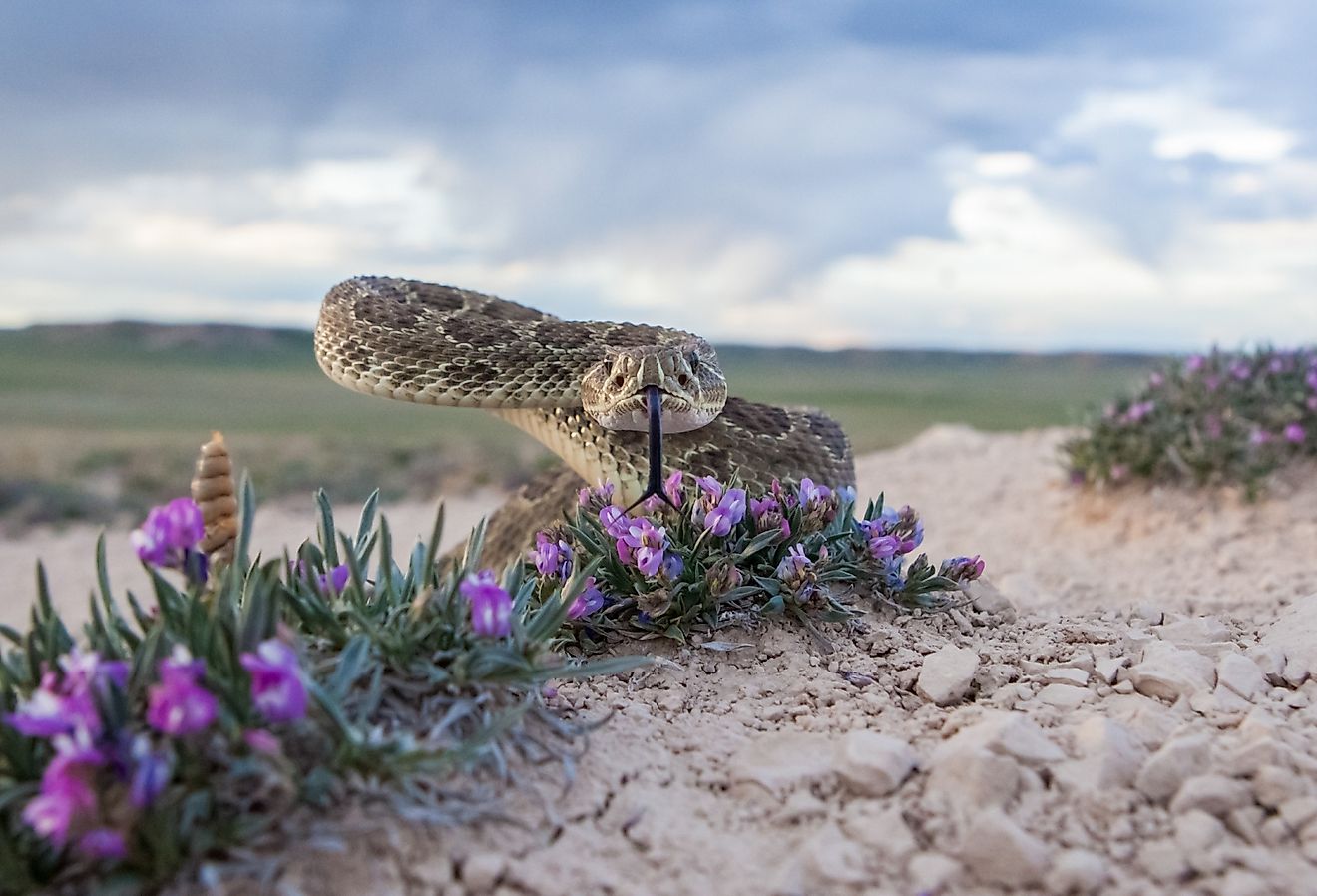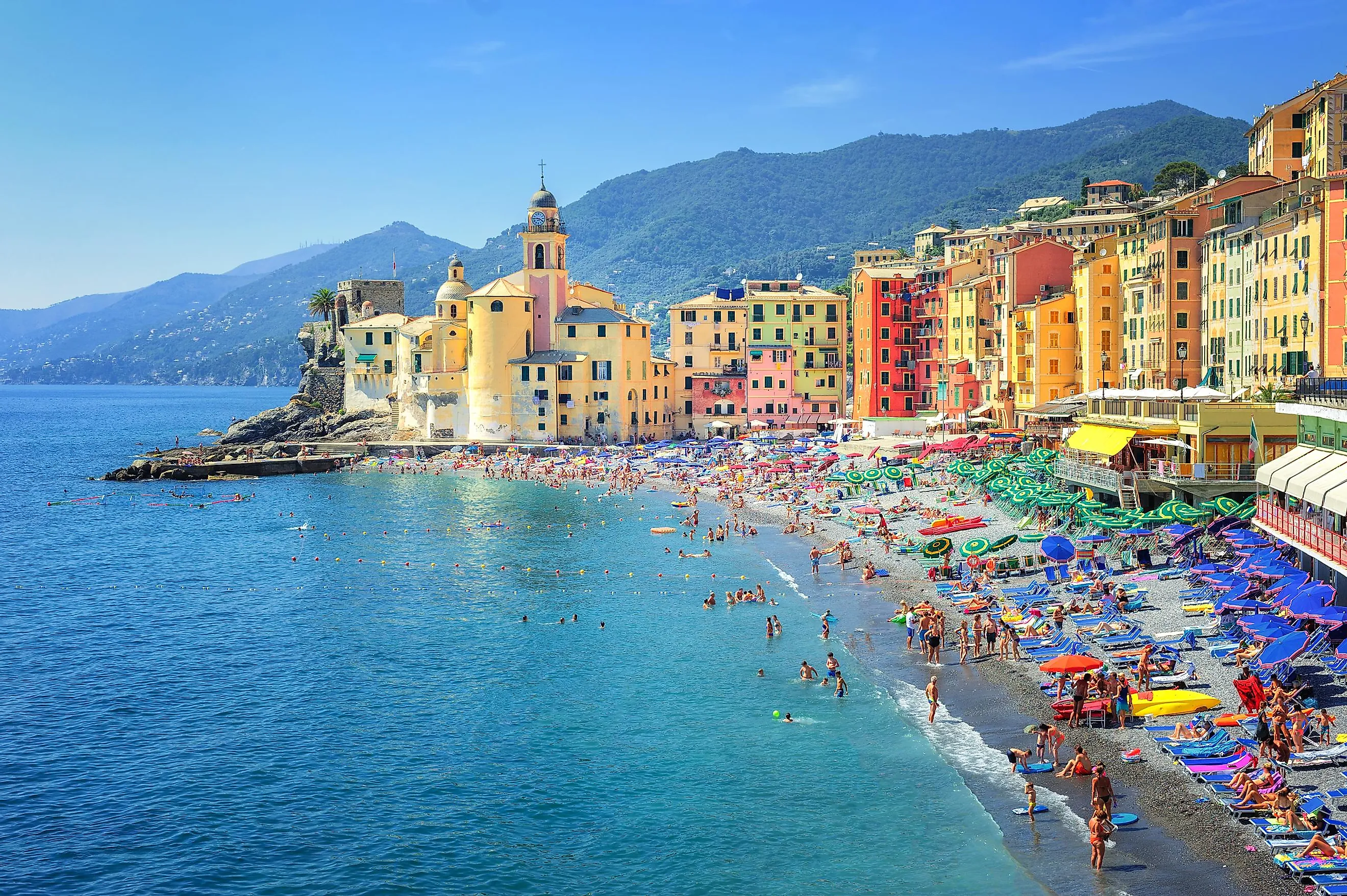
Gulf Of Genoa
Like all gulfs, the Gulf of Genoa is enclosed in three directions by landmass, in this case, mainland Italy. This compounding of continental shelves creates access to not only trade but a unique sanctuary of wildlife and resources. The human populations which reside around the Gulf have historically played active parts in Mediterranean and European politics due to both their central location and their maritime ability to influence commerce and communication. Today, the Gulf acts as a link between many nations, as well as a hub for leisure and historical query.
Geography Of The Gulf of Genoa
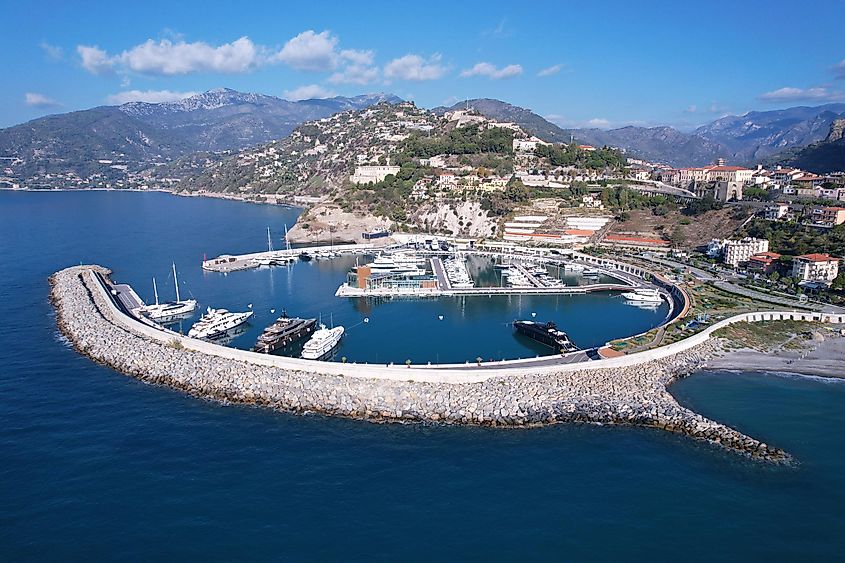
The Gulf of Genoa, located on the northwestern coast of Italy, stretches across a vast area of approximately 5,500 square miles. As a prominent feature of the Ligurian Sea, the Gulf borders the Ligurian coast and forms a natural boundary between Italy and the French island of Corsica.
In regards to notable human settlements, to the west, the town of Imperia marks the beginning of the Gulf, while to the north, the famous port city of Genoa serves as its namesake and a significant landmark. The region also hosts the coastal towns of Livorno, Pisa, and La Spezia (which marks the Gulf's easternmost point) toward the east.
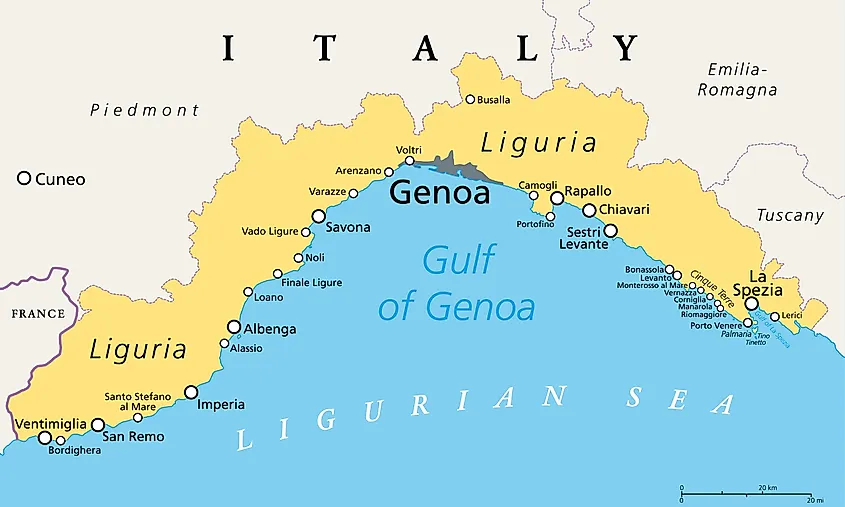
Several islands are present in and around the Gulf of Genoa, with the most notable being the Ligurian Archipelago, which comprises the islands of Gorgona, Capraia, Elba, Pianosa, Montecristo, Giglio, and Giannutri. Elba, the largest island in the archipelago, is infamous for its role in hosting Napoleon Bonaparte in 1814, during his exile that he managed to escape.
The Gulf of Genoa encompasses several geographical regions, including the Ligurian Apennines, the Ligurian Alps, and the Maritime Alps. The Ligurian Apennines, located to the north of the Gulf, constitute a mountain range that stretches from the Cadibona Pass to the Magra River. The Ligurian Alps, to the west, are an extension of the Western Alps and contribute to the striking and rugged coastline of the Gulf. The Maritime Alps are further west, and they form a natural border between Italy and France, and their highest peak, Monte Argentera, reaches an impressive altitude of 10,817 feet.
The interaction between the mountains, the coastline, and the Ligurian Sea has shaped the Gulf of Genoa's features. The steep mountain slopes descend sharply into the sea, creating a myriad of rocky cliffs, promontories, and small bays. The coastal area is also characterized by a multitude of inlets and coves, providing shelter for the numerous fishing villages that have sprung up along the shoreline.
Climate
The region experiences a Mediterranean climate, with mild, wet winters and warm, dry summers. The region benefits from the moderating influence of the Ligurian Sea, which helps maintain relatively stable temperatures throughout the year. This climate fosters the growth of lush vegetation and creates a comfortable environment for both residents and visitors. However, the area is also prone to occasional heavy rainfall, which can cause flash floods and landslides, especially in the mountainous hinterland.
History
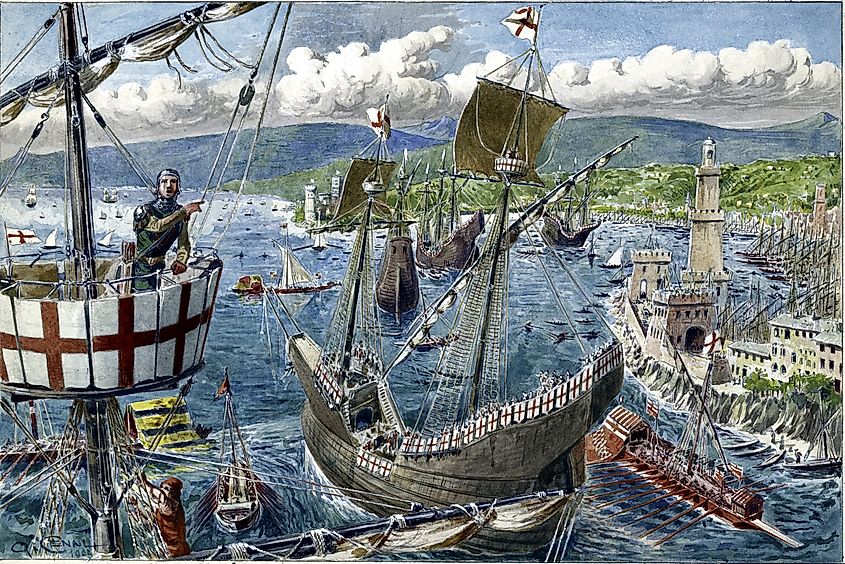
The earliest known inhabitants of the Gulf of Genoa were the Ligurians, a pre-Roman population that thrived in the area during the Iron Age. They established a number of settlements along the coast and engaged in trade and agriculture. The arrival of the Romans in the 2nd century BC led to significant changes in the region, with the establishment of the Roman Republic and, later, the Roman Empire. The Romans constructed ports and infrastructure, further enhancing the Gulf's importance as a trade hub.
During the Middle Ages, the Gulf of Genoa gained prominence as a major center of maritime power. The Republic of Genoa, an independent city-state, emerged as one of the leading maritime republics in the Mediterranean alongside Venice, Pisa, and Amalfi. Maritime trade and naval power were the foundations of the Republic's wealth and influence, which extended across the Mediterranean and even reached the Black Sea.
Genoa's maritime prowess made it a key player in the Crusades, as the city provided naval support to the Crusader states in the Holy Land. The Republic's involvement in the Crusades also led to the establishment of colonies and trading outposts in the eastern Mediterranean, further bolstering its economic and political influence.
The Renaissance period brought cultural and artistic flourishing to the Gulf of Genoa. The region became a center for renowned artists, architects, and scholars who left a lasting mark on the cultural landscape. The city of Genoa, in particular, gained a reputation as a vibrant hub of artistic and intellectual activity.
However, the Gulf of Genoa's fortunes began to wane in the 17th and 18th centuries. Rival powers, such as Spain and France, sought to undermine the Republic's dominance, leading to a series of conflicts and the eventual decline of Genoa's maritime power. Despite this, the region retained its cultural significance, and the Enlightenment era saw the emergence of prominent intellectuals, such as Giuseppe Mazzini and Alessandro Manzoni, who contributed to the shaping of modern Italy.
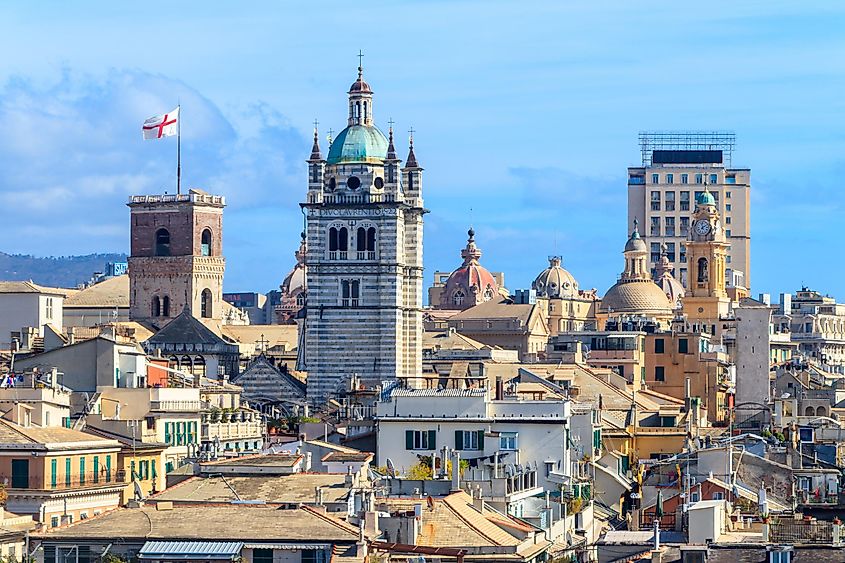
In the 19th century, the Gulf of Genoa witnessed the rise of Italian nationalism and the struggle for unification. Genoa played a crucial role in these events, as it became a hotbed of revolutionary activity and a key supporter of the Risorgimento movement. The unification of Italy in 1861 marked the end of the Republic of Genoa and the beginning of a new era for the Gulf.
Throughout the 20th century, the Gulf of Genoa experienced the tumultuous events of two world wars and the rapid industrialization of Italy. The region adapted to these changes and emerged as a center for modern industry, shipping, and tourism.
Economic Importance Of The Gulf Of Genoa
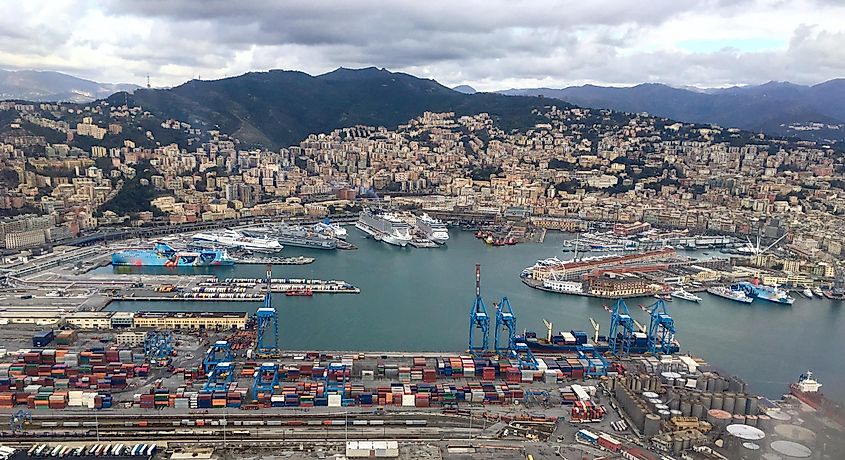
The economy and industry of the Gulf of Genoa revolve primarily around maritime trade, tourism, and port-related activities, "imports and exports," in the words of Art Vandelay. The Port of Genoa serves as one of the busiest and most important ports in the Mediterranean, handling a significant portion of Italy's shipping traffic. The port also supports various industries, such as shipbuilding, oil refining, and the production of steel and chemicals. Tourism contributes substantially to the regional economy, as visitors flock to the area's coastal towns, sandy beaches, and historic landmarks, all bolstered by high-class hotels. Furthermore, fishing and aquaculture play vital roles in the local economy, providing both sustenance and income for coastal communities.
Fauna And Flora In And Around The Gulf Of Genoa
In the coastal areas, Mediterranean maquis, a dense shrubland community, dominates the landscape. This vegetation includes plants such as myrtle, lentisk, juniper, and the Italian stone pine. As one moves inland and the elevation increases, the flora transitions to deciduous and mixed forests, featuring species like oak, chestnut, and beech. The mountainous regions harbor coniferous forests comprised of pine, fir, and larch trees, which thrive at higher altitudes.
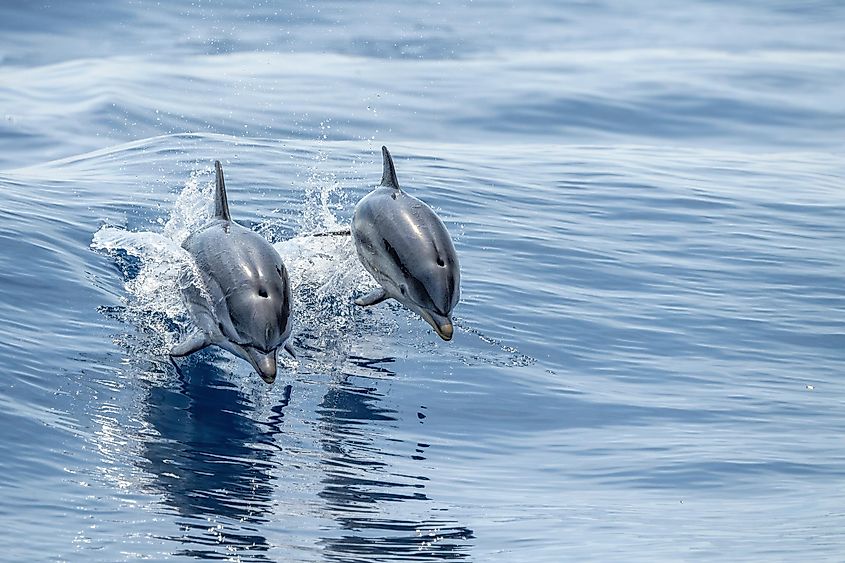
The fauna of the region in and around the Gulf of Genoa is equally diverse, with numerous species inhabiting its coastal, marine, and mountain environments. The Ligurian Sea supports a wide variety of marine life, including fish such as anchovies, sardines, and tuna, as well as crustaceans, mollusks, and other invertebrates. Marine mammals, such as dolphins and whales, can also be spotted in the waters of the Gulf, particularly in the Pelagos Sanctuary, a protected marine area established to conserve cetacean populations.
On land around the Gulf, there is an array of mammal species, including the European wildcat, the Italian hare, and the elusive Eurasian lynx. Less elusive are wild boars, which are prone to causing havoc. The region is also home to numerous bird species, such as the peregrine falcon, the European shag, and the Audouin's gull, which can be found nesting along the rocky coastline.
Enclosed by mainland Italy and the Ligurian Sea, the Genoa Gulf area has served as a crucial hub for trade, maritime power, and human settlements throughout the ages. Today, the Gulf of Genoa still represents those historical advantages, and furthermore, it stands as a haven for a wide spread of plant and animal species. Additionally, the intermingling geography of its mountains and coasts has spawned scenic views highlighting the relationship between sea and cliffsides. From its earliest inhabitants to its role in shaping modern Italy, the Gulf of Genoa region has left a lasting mark on the Mediterranean and European landscape.
